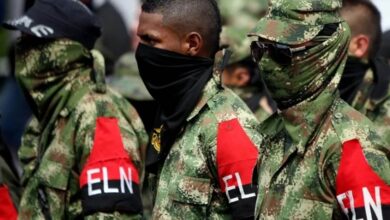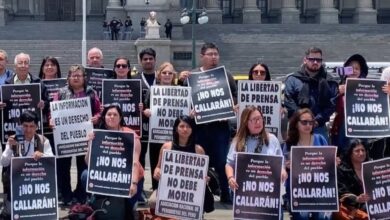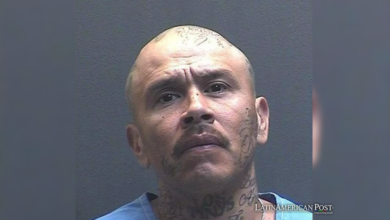Colombia Learns the Hard Way What Lazy Security Really Costs
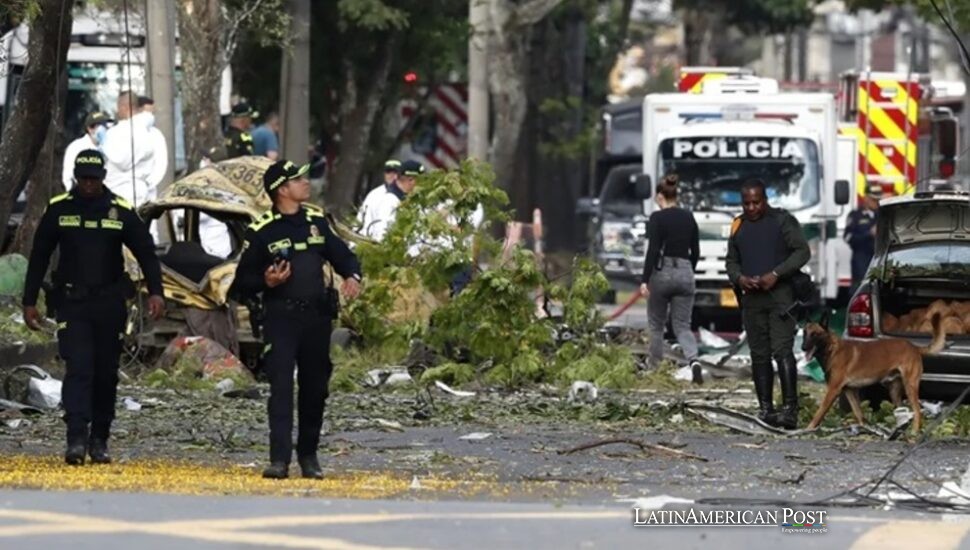
Two explosions in a single day—one a car bomb in Cali, another a drone strike that brought down a police helicopter near Medellín—were not surprises. They were the predictable price of complacency, exposing how drift and denial embolden Colombia’s armed groups.
Complacency meets an enemy that adapts
At least eighteen people killed and dozens wounded should end any argument about whether Colombia’s current security model is sustainable.
In Cali, a car bomb detonated beside a busy street outside the Marco Fidel Suárez Military Aviation School. The blast tore open homes and killed bystanders. Hours earlier near Amalfi, a police helicopter on a coca-eradication mission was knocked from the sky by a drone, killing twelve officers.
Authorities blame dissident FARC factions: Iván Mordisco’s network in the southwest, the EMC bloc in the north. Neither the technology nor the choreography is new—Colombia logged more than 115 drone attacks in 2024, most by illegal groups. What is new is how normalized the state’s reactive posture has become.
The routine is wearying: wait for the explosion, call a security council, hold a press conference, and vow the state will not yield to terrorism. Meanwhile, the attackers iterate. Car bombs seize headlines. Weaponized quadcopters quietly rewrite the tactical map, turning eradication teams and patrol aircraft into easy prey. The message from the armed groups is ruthless: we will fight you where you are weakest. The government’s reply so far has been platitudes and piecemeal measures.
When peace becomes a pause for the state
Peace, everyone agrees, is desirable. But peace is not a policy—it is the outcome of leverage, clarity, and enforcement.
The administration’s relaxed posture toward drug trafficking—oscillating between permissive signals to coca growers, selective pauses in offensive operations, and muddled ceasefire experiments—has created a vacuum violent entrepreneurs know how to fill.
Officials say the Cali car bombers were “desperately reacting” to losing routes. The harsher truth is that dissident groups were allowed to fragment, rearm, and tax every stage of the cocaine trade while Bogotá argued with itself over fumigation and substitution timelines. In the north, the helicopter’s fall was less surprise than inevitability: eradication sorties flown without counter-drone protection in a country where drones have been a threat for three years.
If Colombia is serious about eradication, missions must be hardened. If livelihoods are to shift, the state must deliver roads, buyers, credit, and courts—before, not after, the gunmen retreat. Instead, policy became a faith-based model of de-escalation without verification, negotiation without leverage, and social promises that arrived late or not at all. The result is what Colombians endure now: an everywhere-and-nowhere war, waged by actors who sense hesitation and fill it with shrapnel.
Strategic planning reduced to microphones
After the Cali blast, the mayor declared martial law, banned heavy trucks, and offered a reward. After the helicopter was downed, the government convened a security council to “define additional protection measures.” These are reflexes, not strategy.
Strategy asks harder questions. Where are the gaps in intelligence on dissident networks that have plainly reconstituted? Why are helicopters flying predictable eradication routes without layered counter-UAS defenses? Which river corridors, mountain passes, and coastal launch points remain open because interagency coordination is episodic and prosecutors lack resources?
Even the Ministry of Defense’s rhetoric—branding dissidents “cowardly” and recycling boilerplate about narco-cartels—sounds like a substitute for the sustained work of campaign design: joint commands with timelines, aligned incentives for governors, budgets that match ambitions. Colombians are not asking for poetry; they are asking for a government that reads the adversary’s learning curve and moves three steps ahead.
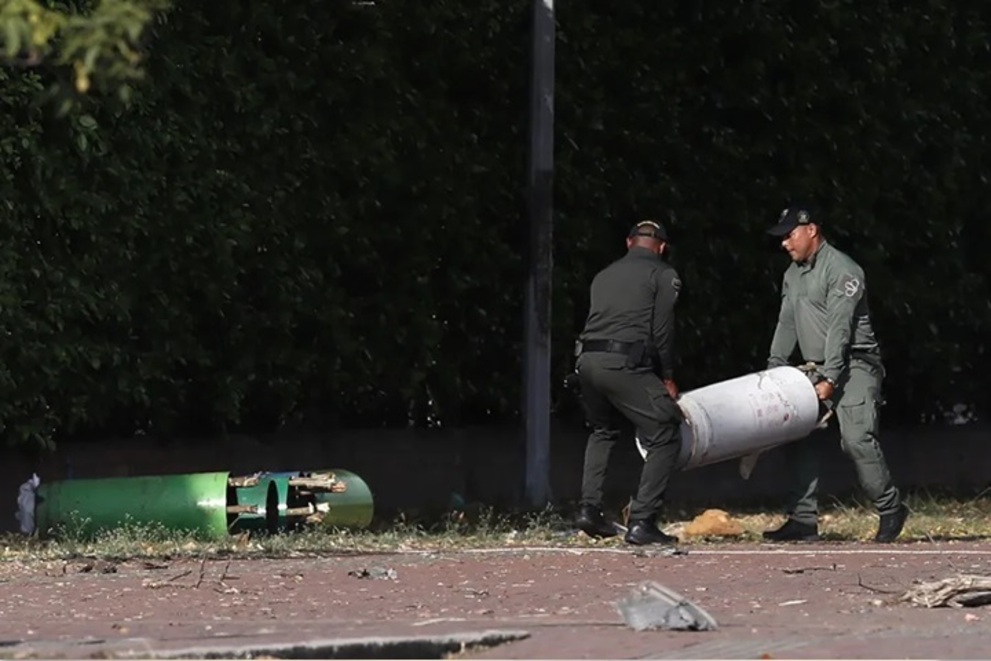
EFE@Ernesto Guzmán Jr
A course correction worthy of the stakes
What would seriousness look like? First, a reset that distinguishes between armed actors who disarm and those who refuse. Reintegration for the former, uncompromising disruption for the latter.
It would mean reestablishing the state’s monopoly on force in rural corridors with a blend of permanent presence—schools, clinics, judges, agronomists, police—and modern deterrence: counter-drone shields on aircraft, jammers around eradication teams, sensors on key approaches, quick-reaction units that actually arrive in minutes.
It would mean an offensive against narco-finance: targeting chemical suppliers, money launderers, front companies, and corrupt municipal contracts. Extraditions and asset seizures should make leadership turnover painful, not routine. Social policy would stop improvising and start guaranteeing: coca-substitution pipelines pre-financed and tied to markets so families are not forced back to coca by hunger.
Above all, strategic planning must return to the center. Security councils should not invent plans after funerals; they should test existing plans against reality. That is what governing looks like.
Colombia is not condemned to drift from outrage to outrage. The country has beaten back worse storms with less technology by combining patience with purpose. The wave of car bombs and drones is not destiny; it is feedback. And the price of ignoring it is measured not in communiqués but in bodies: passersby shredded on a Cali street, twelve officers who never returned from patrol, civilians who now scan the sky for threats instead of opportunities.
The attackers have already chosen their targets. The question is whether this administration will finally choose a strategy.



